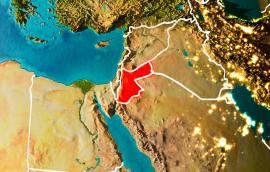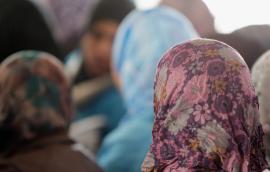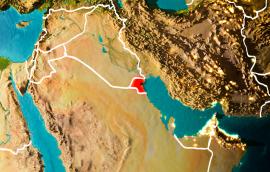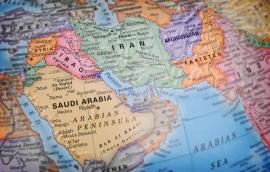Post-2011 Pluralism and Inclusion in Jordan: Rhetoric vs. Reality
By Marwan Muasher, Ph.D., Carnegie Endowment for International Peace
The author explores reform efforts and identifies challenges in Jordan following the Arab Spring.
The brief is part of a two-year project is generously supported by a grant from the Carnegie Corporation of New York.
Marwan Muasher September 4, 2018







